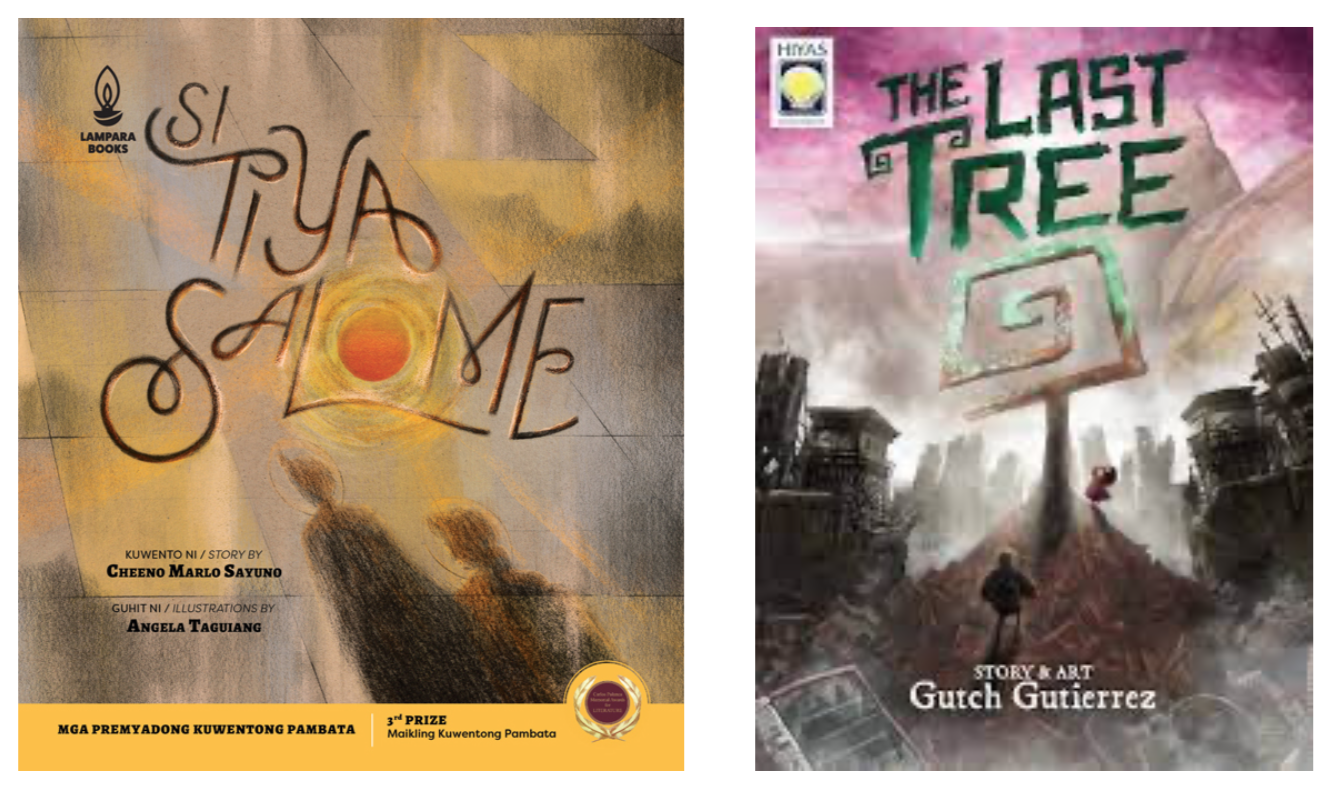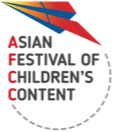Kids of the Future: Representing Dystopian Narratives in Philippine Children’s Literature
by Cheeno Marlo M. Sayuno, PhD
Literary productions develop in response to changing contemporary social, cultural, and political landscapes. In the case of children’s literary production in the Philippines, the genre has seen growth across various dimensions: from the spectrum of literary production and consumption; paradigms on the regard for the child; to theorizing in the academe towards legitimisation of children’s literature as a genre. This is further manifested in changing paradigmatic practices in representing children’s narratives, production sources and affordances of consumption, and rethinking narratives—all while, on one hand, retaining the role of children’s literature as a beacon of hope for child characters and readers, and on the other hand, critiquing the positionality of the genre in the intersections of literature, pedagogy, media, and child studies. In the Philippines, children’s literature continues to grow and respond to these changing times.
Representation of children’s characteristics and narratives is not only spatial but also temporal. In the Philippines, a number of storybooks have been written about historical turning points in history, national heroes, and contemporary historical and political movements, all of which are nonetheless valid and worthy of storytelling. At the same time, the Philippine children’s literature prides itself with a wide array of works that represent, confront, and challenge current experiences, trends, and patterns within the child’s social world. Here, children are able to see that their current situations and emotions are valid, given that the worlds crafted in the stories reflect parallel struggles and (dis)empowerments.
Meanwhile, child and teen readers are also fascinated with dystopian narratives, which are the subject of many Western publications. Stories like The Hunger Games trilogy by Suzanne Collins, the Divergent Trilogy by Veronica Roth, and The Maze Runner series by James Dashner, among others, have become appealing as these stories portray a different futuristic world where the social order is disrupted, all while reflecting social, political, and cultural realities that are still true today. Through these stories, children are able to aspire future directions, imagine what will happen as time passes, and negotiate the roles of technology vis-à-vis the threats that it also poses to our modern world. In media, the TV series Black Mirror has portrayed a futuristic world dominated by technology as a critique of how humans either adapt to these new worlds, following a technological deterministic lens, or subvert the systems of power following a socio-technological paradigm.
Crafting a dystopian world demands a meticulous worldbuilding, the process by which the systems occurring within the introduced world are established so as to make such world relatable despite its difference from the current laws and cultural practices.
Crafting a dystopian world demands a meticulous worldbuilding, the process by which the systems occurring within the introduced world are established so as to make such world relatable despite its difference from the current laws and cultural practices. In novels and popular media, this can be easily done as the space allows for a worldbuilding that takes the readers into these new worlds, make them become witnesses of the possibilities of such worlds, and bring them back to their own worlds with a renewed perspective on the pitfalls of the current ways of the world.
Creating dystopian narratives in the case of children’s literature, particularly in the forms of storybooks in the Philippines, proves to be challenging. With the limitations in word count, number of pages, and layout, how then can a brand-new world be created? What dystopian world can be impactful in the current times? What worlds can child readers travel to, only to come back with their own character development as characters?

Si Tiya Salome and The Last Tree are among the very few, if not the only ones, who have explored the stories about the future in storybook format. Si Tiya Salome, which I wrote and Angela Taguiang illustrated, was published by Lampara House and portrays a world where citizens are locked in steel buildings to protect themselves from the exposures of the outside world. Meanwhile, The Last Tree by Gutch Gutierrez is published by OMF-Hiyas, telling the story of a father and child in a quest to find the last tree. I also aim to include Project Sanyata, comics for children that we are currently working with the Department of Information and Communication Technology, in the discussion, so as to impart strategies, opportunities, and discussion points on making dystopian worlds relatable and valuable to the Filipino and Asian child readers.
Drawing from personal experiences in the creation process, as well as analysing the dystopian representations in both books, I realised that there needs to be a meticulous crafting of an imagined dystopian world through the marrying, interconnecting, and juxtaposition of text and illustration in the context of the Philippines. This prompts author and illustrators to collaborate in contextualising the dystopian world within relatable cues and social realities while also challenging what the future can offer.
Through sophisticated worldbuilding, establishing of a compelling journey to a futuristic world, situating present conflict to dystopian narratives, and pushing the boundaries of possibilities in interactions and technological affordances, these works are able to encapsulate the social realities of the Philippines and the world into the storybook format so as to empower the Filipino children of today to effect meaningful change to our country and the environment. By marrying dystopian narratives with eco-fiction, agentic messages are thus sophisticated crafted for the children of today and the future.
The body of work on dystopian fiction for younger Filipino readers offers a great opportunity to tell more stories that are relatable to the digital paradigms of children, the changing media and technology landscape, and the infinite possibilities that a hopeful future offers. In a distant future, may children be more empowered and free from the constraints brought about by disempowering agents that do not regard the power of children in changing the world, because after all, the children are the hope of the future.
About the Author
Cheeno Sayuno is an Associate Professor of Communication, Research, and Children's Literature from the University of the Philippines Los Baños. A conferred UP Artist by the University of the Philippines, he has written a number of storybooks published by major children's literature national publishers in the Philippines. He also dabbles on academic research, specialising in children's literature and child studies, qualitative communication research, (trans)media studies, discourse analysis, and related topics.

